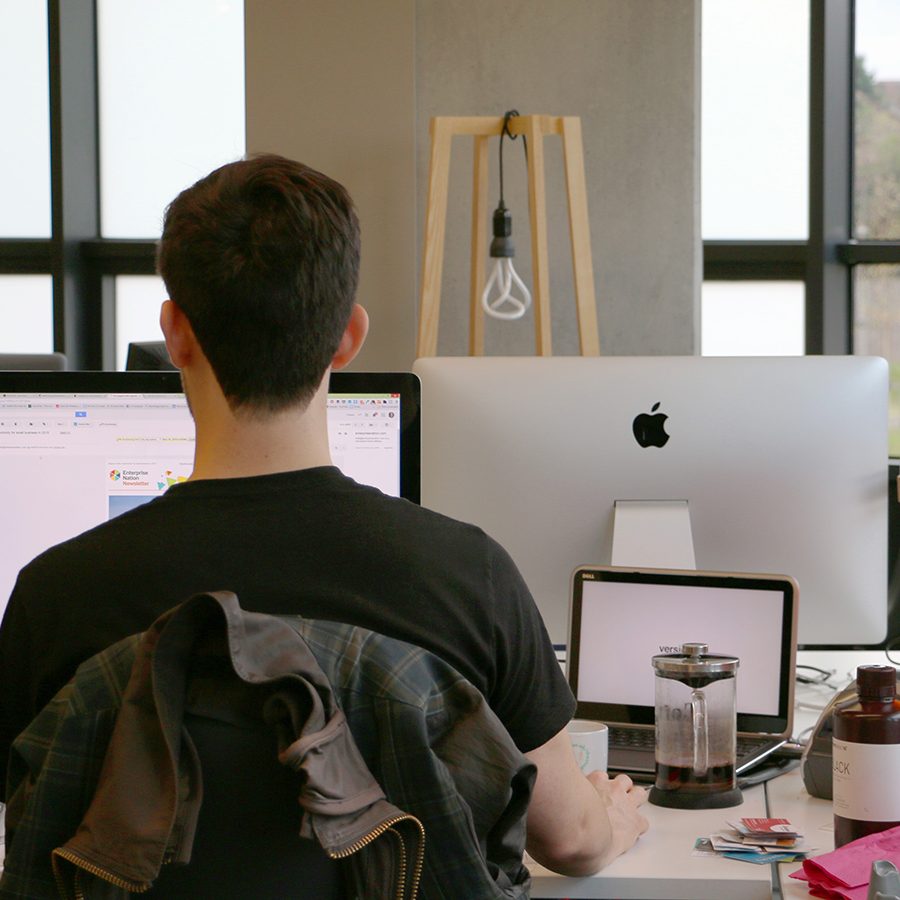Industrial Product Design (IPD), i.e., the practice of designing end-use physical products that are industrially manufactured, has evolved since its beginnings in the eighteenth century. The introduction of Computer Aided Design and Manufacture (CAD/CAM) in the nineties was a revolution that set the emergence of new design skills and processes. Nowadays, are we living through a similar or even greater change? Emerging technologies such as Artificial Intelligence, Additive Manufacturing, Virtual, Augmented and Mixed Realities are possibly changing the paradigms of IPD.
In an article published in 2019 (https://tinyurl.com/338tvz5a), we anticipated a series of trends that in the future might affect IPD by drawing parallels with the principles and development models found in software development.
At first sight, software development and IPD seem rather distant disciplines, but the reality is that there are several commonalities since they are both “sciences of the artificial” (to cite Herbert A. Simon). Current trends seem to bring them even closer. The democratisation of digital manufacturing is one of those trends since it enabled the idea that the physical world can be programmed as the digital. MIT has been probably the more forthcoming institution in this area with the Centre for Bits and Atoms (founder of the FabLab movement), the Media Lab and the Computer Science and Artificial Intelligence Laboratory. An example of this work can be found here https://youtu.be/tLCBk1Z3ZgQ.
In industry, there is also increasing confusion about terminologies. If we access a general employment website and inspect the job adverts titled “product”, more often than not those adverts seek a digital product designer (or precisely, for what I would call a User Experience Designer) rather than a designer of physical products.
Thus, is IPD merging with Computer Sciences?
I recently stumbled upon an insightful and entertaining piece penned by Pablo Stanley that emphasizes why we should be careful about mixing digital and physical product design (https://tinyurl.com/4wjw9st3).
Our paper, “When Design Never Ends – A Future Scenario for Product Development” started with the assumption that, since Additive Manufacturing does not require investment in tooling, the design of an industrial product does not need to freeze (for the commitment to tooling) and, instead it can constantly change, evolve and improve like one of our phone apps. Thus designing a chair or a pair of shoes becomes more similar to designing the next version of Google Maps.
While the paper explored the potential parallels with the processes and models adopted in software development, its main limitation was that we didn’t have any data to prove, disprove or understand the limitations and opportunities of a never-ending design process. The “When Design Never Ends” project starts here and, thanks to the AHRC support, investigates current IPD practice to understand how far our assumption was, and if and how IPD is changing in the real world.
Stay tuned.


